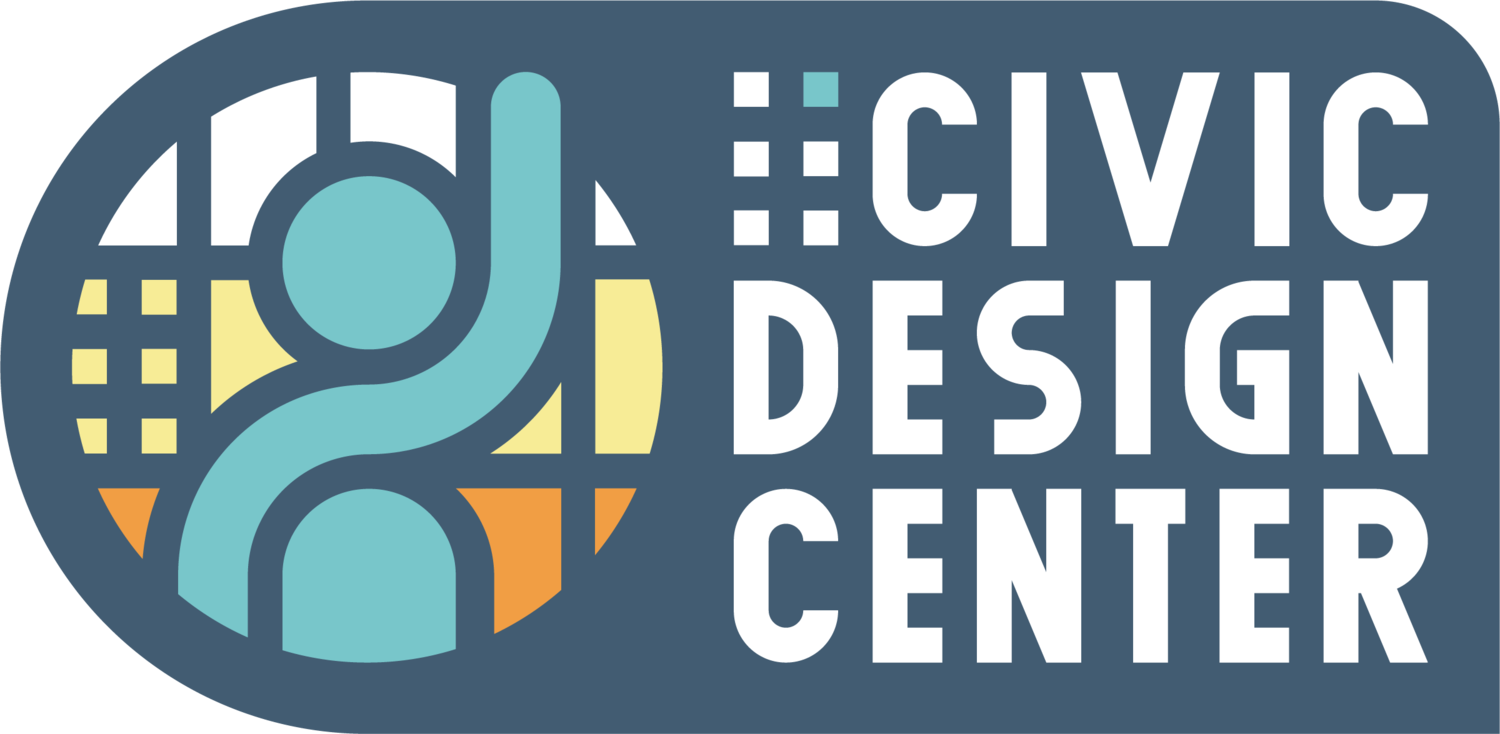East Bank Boulevard: History Repeats Itself
By Veronica Foster, Communications + Advocacy Manager
5 min read The following blog outlines the importance of advocating for the four-lane alternative design options for the East Bank Boulevard.
The Civic Design Center was founded by a group of design experts and advocates who came together to stop the implementation of a six-lane corridor that would effectively make pedestrian crossing impossible and cut off Nashville’s Downtown with SoBro. That story resulted in a primarily four-lane street that we now refer to as Korean Veterans Boulevard. However, just over the river, history might just repeat itself if we don't speak up.
We have been advocating for a new neighborhood on the East Bank since 2005 when The Plan of Nashville was published. The Plan called for the section I-24 to be removed and replaced with a civic boulevard. Almost 20 years later, the Imagine East Bank Plan (2022) anchored its vision around a boulevard that would run adjacent to the interstate, still allowing for high speed thru-traffic on the interstate, but creating a more human-scale principal street in the future East Bank Boulevard. While we were thrilled about our dreams coming to fruition on the East Bank, we knew that the boulevard would be a sticking point.
The Imagine East Bank Plan proposes a six-lane boulevard model as the primary choice for the future East Bank Boulevard. It took strong advocacy, led by Walk Bike Nashville, to get four-lane alternatives even published in the plan. These alternatives (pg. 66) represent true Complete Streets models—of which Nashville doesn’t have any examples—representing Nashville’s established modal hierarchy to prioritize people walking, biking, and riding transit, as reflected in the Major and Collector Street Plan and the Green and Complete Streets Policy.
Six-Lane cross-sections are designs of the Past
The six-lane cross-section should be left behind in our history books. With the incoming stadium and civic spaces that the Imagine East Bank Plan proposes, there will be tens of thousands of pedestrians. The only other example we have of this crowd size is on Lower Broadway. After the Civic Design Center hosted PARK(ing) Day on Broadway for many years, Metro Public Works completed a road diet in 2016 to reduce the six-lane cross-section with parking to a four-lane cross-section with loading. Compare the before-and-after street view cross-sections below.
More recently, NDOT is already in the process of studying several more streets where they could reduce private vehicle travel lanes to two in an effort to adhere to the modal hierarchy and work towards Vision Zero.
The Gallatin Pike & Main Street Study proposes designs that would be the closest to a four-lane Complete Street, with two bus rapid transit lanes, two private vehicle lanes, widened sidewalks, and options for bike lanes as well. Also, the Civic Design Center is partnering with NDOT and Walk Bike Nashville to implement a mile long tactical urbanism installation on Antioch Pike that would reduce the street to just two travel lanes, testing something that could be implemented permanently.
Concept B four-lane cross-section for Gallatin Pike & Main Street that includes bike lanes
Map shows an example of the tactical urbanism road diet planned for Antioch Pike
East Bank will Model the Future
Not many cities in the 21st century get the chance to build a street entirely from scratch. Why would we create another six-lane street that research has shown is dangerous and inefficient? This Fast Company article cites Smart Growth America’s Dangerous by Design study, explicitly emphasizing four-six lane arterial roads being the most deadly. Since the speed limit is already planned to be slower on East Bank Blvd, and we do not have any preexisting traffic counts to model the need for more than two private vehicle lanes, calling the proposed six-lane cross-section most efficient doesn’t add up.
Historic parking precedents around Nissan Stadium event days shouldn’t be the model; the amount of space a car takes up will move less people more slowly than promoting walking, biking, and taking transit. Data from the Transformative Urban Mobility Initiative shows us that average capacity would be much higher if bike lanes on the boulevard replaced two lanes for cars. We should develop this new neighborhood to encourage walking, biking, and taking transit, rather than taking a car to the area.
These photos featured in The Plan of Nashville (2005) that were originally published in the Tampa Tribune in 1999 showcase the equivalent amount of space that varying modes use
After the Choose How You Move transit plan was passed in November 2024, it is clear that Nashvillians want more choices for navigating our city. By moving forward with a four-lane complete streets design for the East Bank Boulevard, we are not only choosing the safer, more pedestrian-friendly design, but we are providing people with all modality choices on what will be the principal street to access several brand new urban neighborhoods.
We urge you to attend this Thursday's East Bank Boulevard drop-in public meeting from 4-7 p.m. at Cross Point Church—we will be there on the early end before PechaKucha Vol. 49 at Neuhoff starts! While we have heard that the complete streets design alternatives will be shown, our network will need to advocate for those designs to be selected for the boulevard. The latest Ad Hoc East Bank Committee meeting pointed to more opportunities to engage after this initial drop-in meeting, like an online survey as well as a couple more in-person sessions to share your thoughts!
Continuing Education…
More travel lanes do not improve traffic. Our friends at Walk Bike Nashville collected these articles that reference studies from organizations like the National Bureau of Economic Research, the University of California, Berkeley, and other reputable research institutions:







